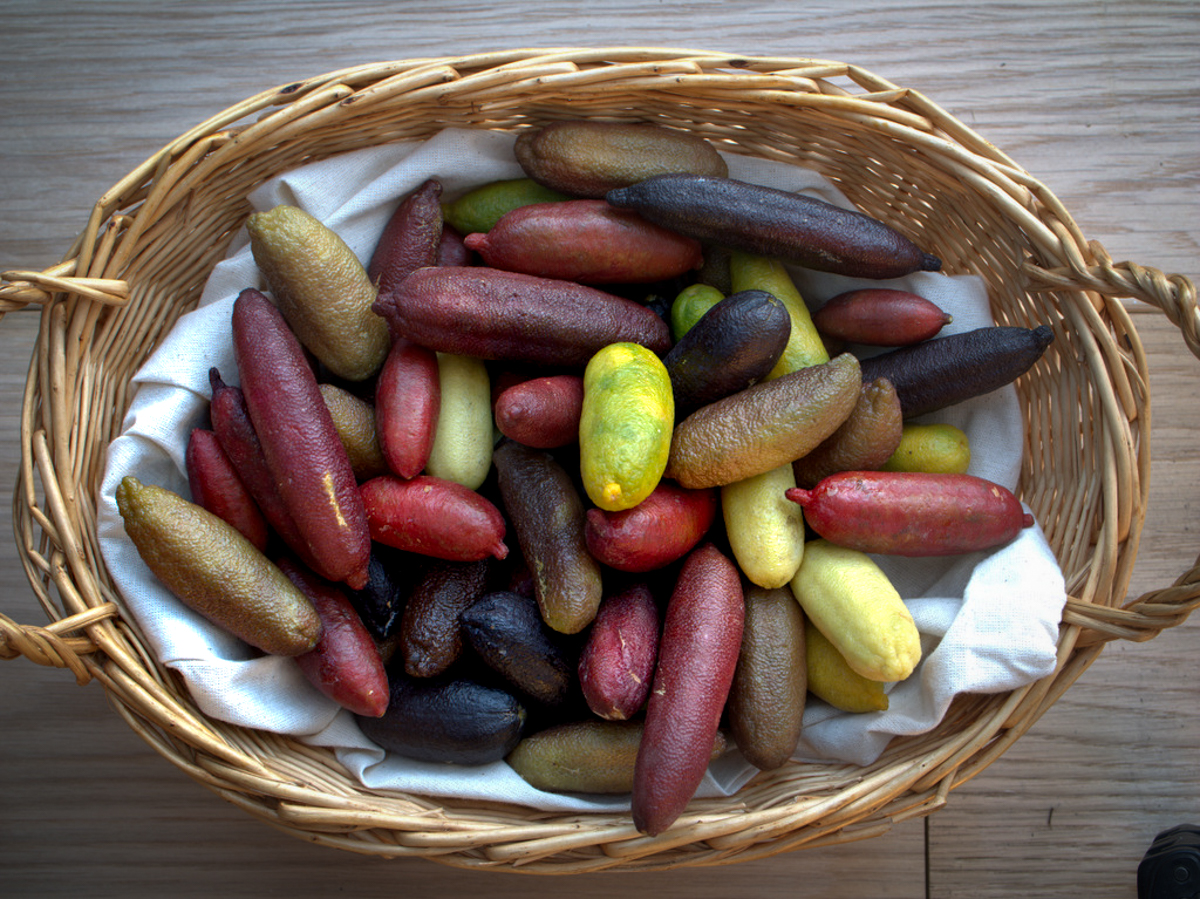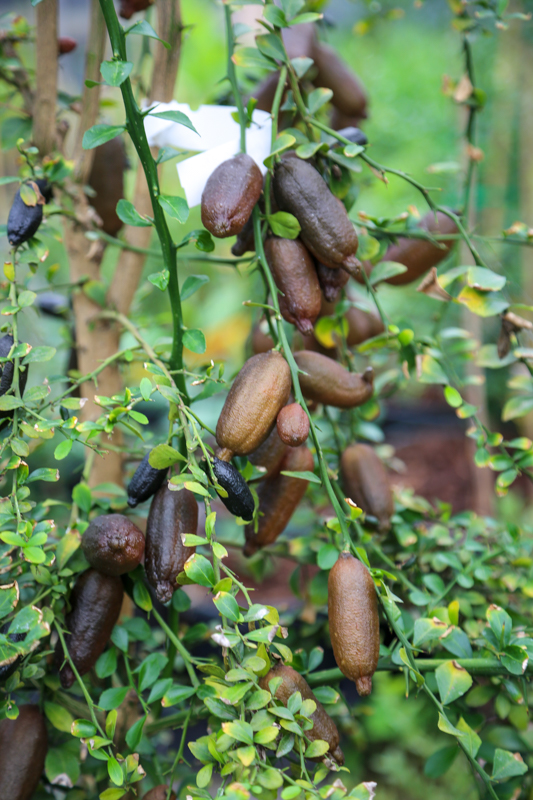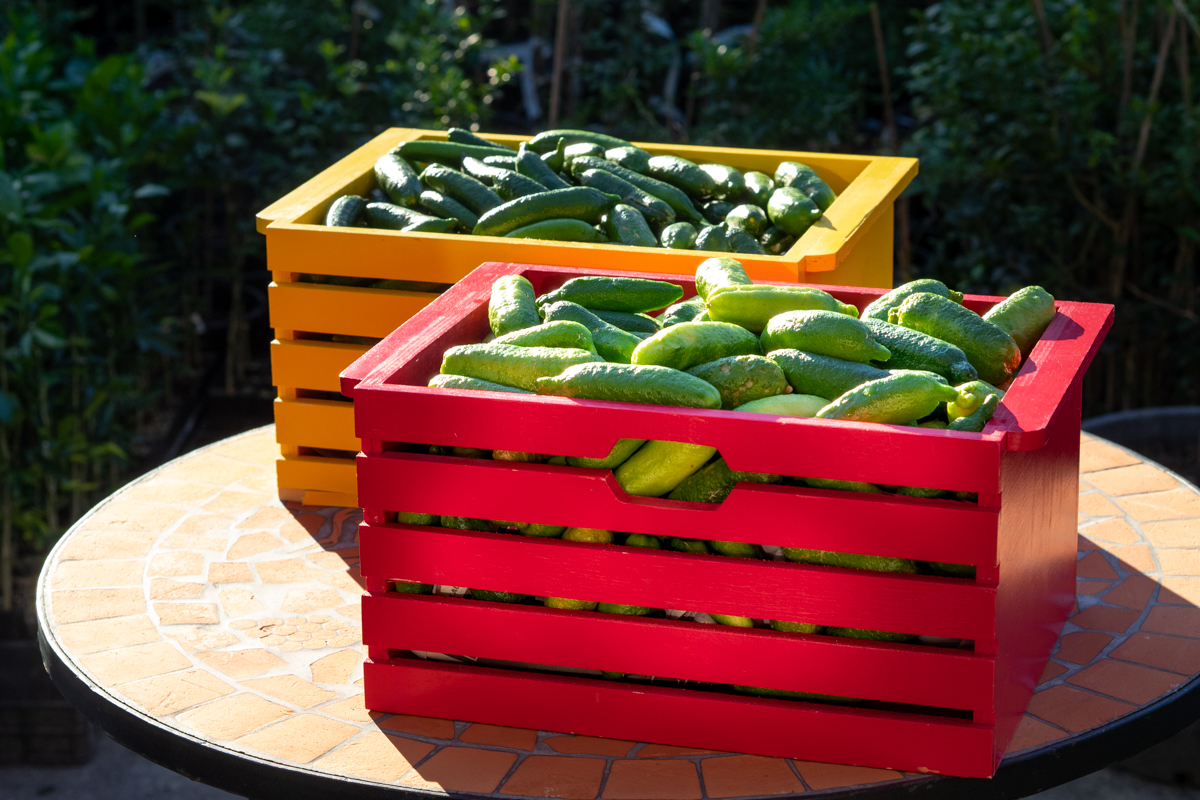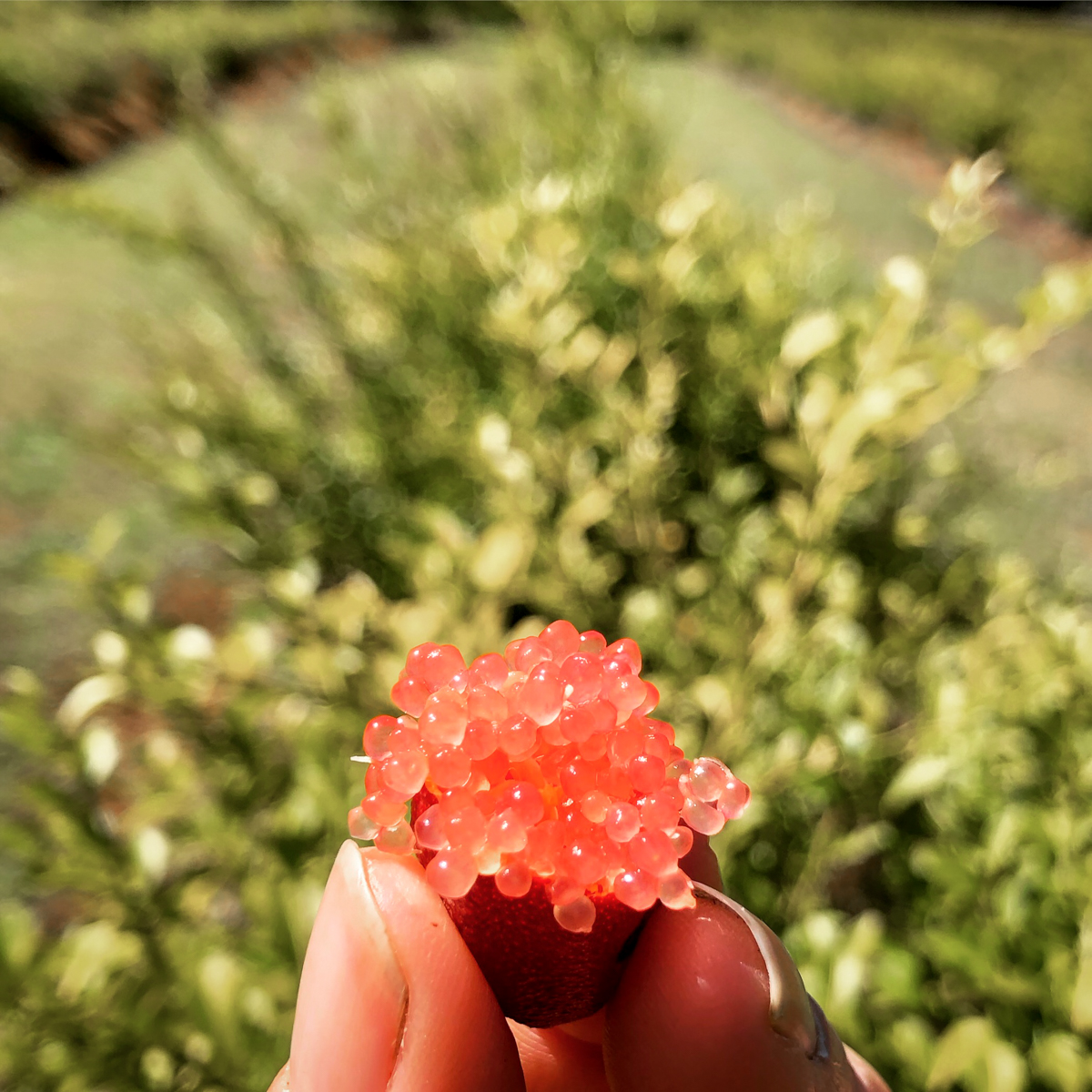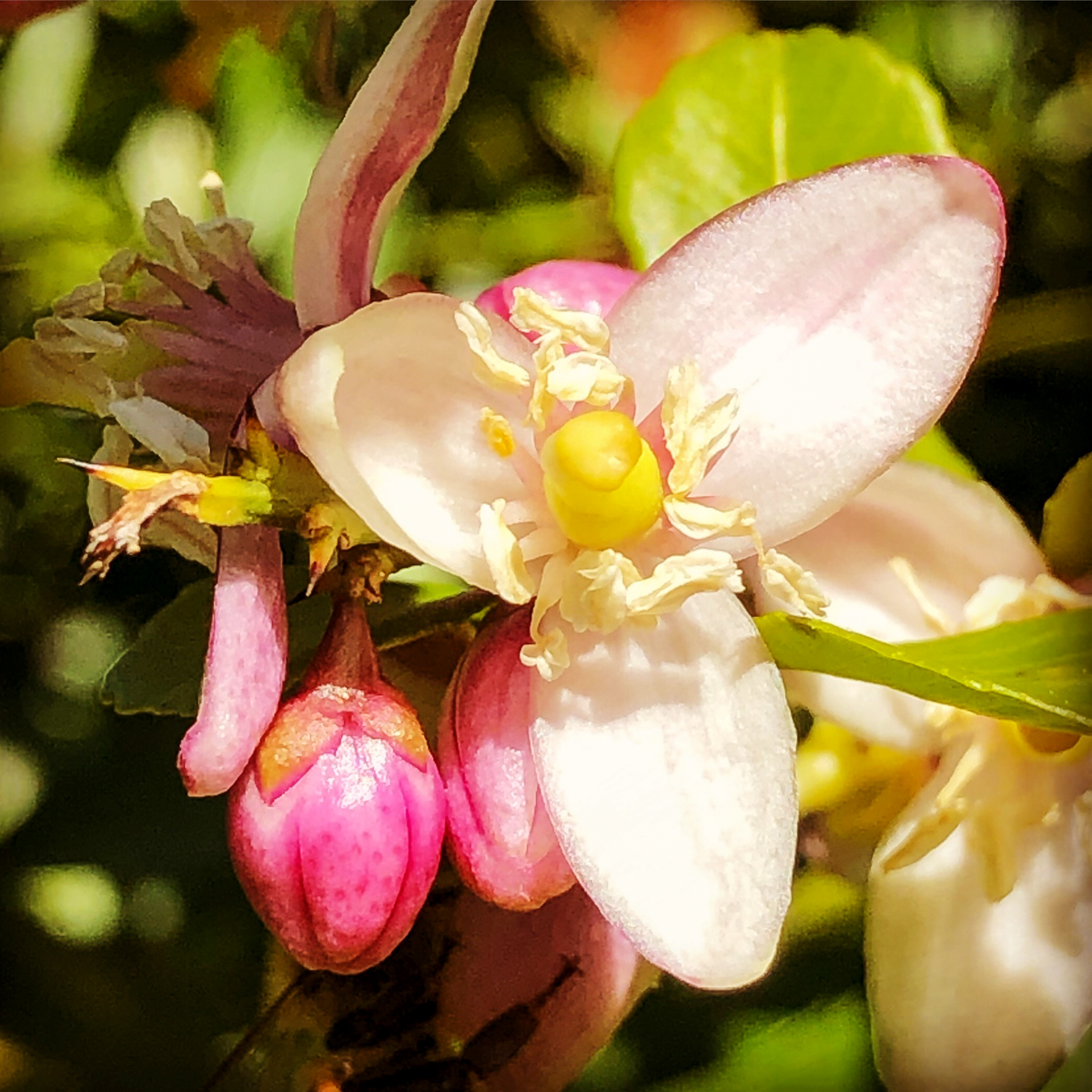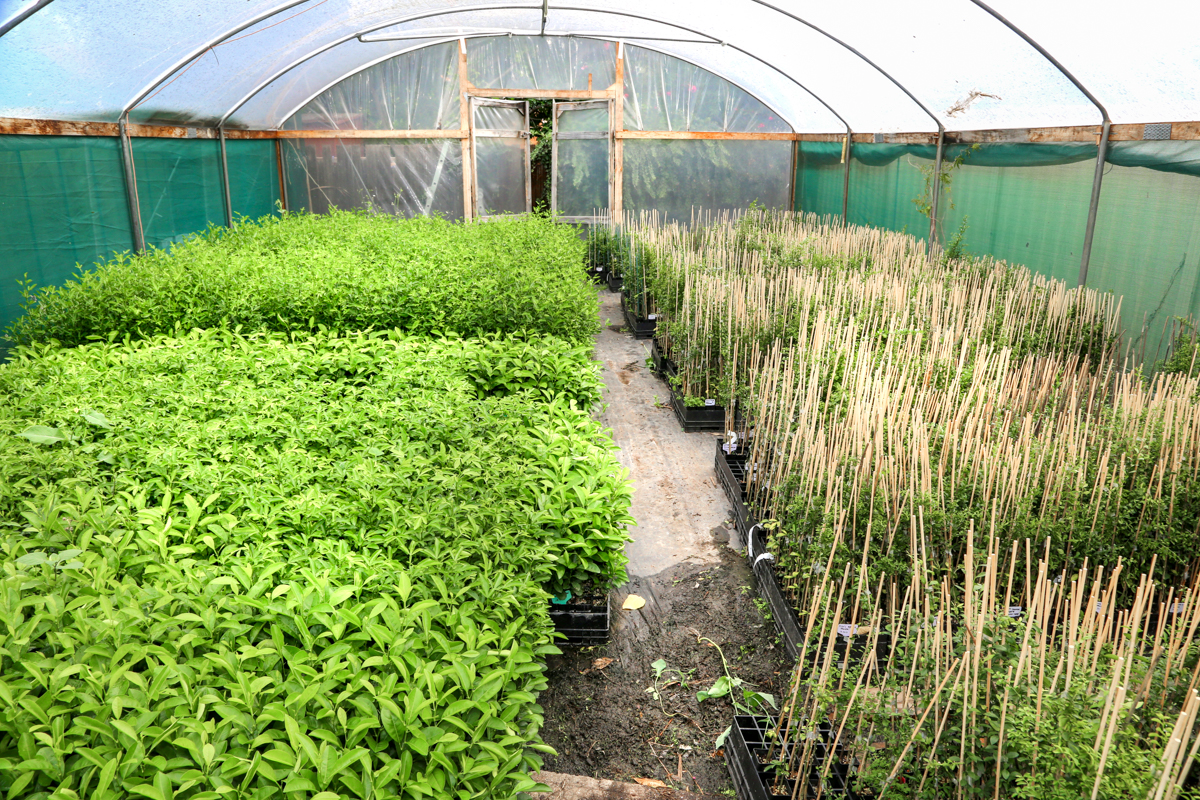Biosecurity key to safeguard fingerlime industry
Biosecurity key to safeguard fingerlime industry
Share
Share
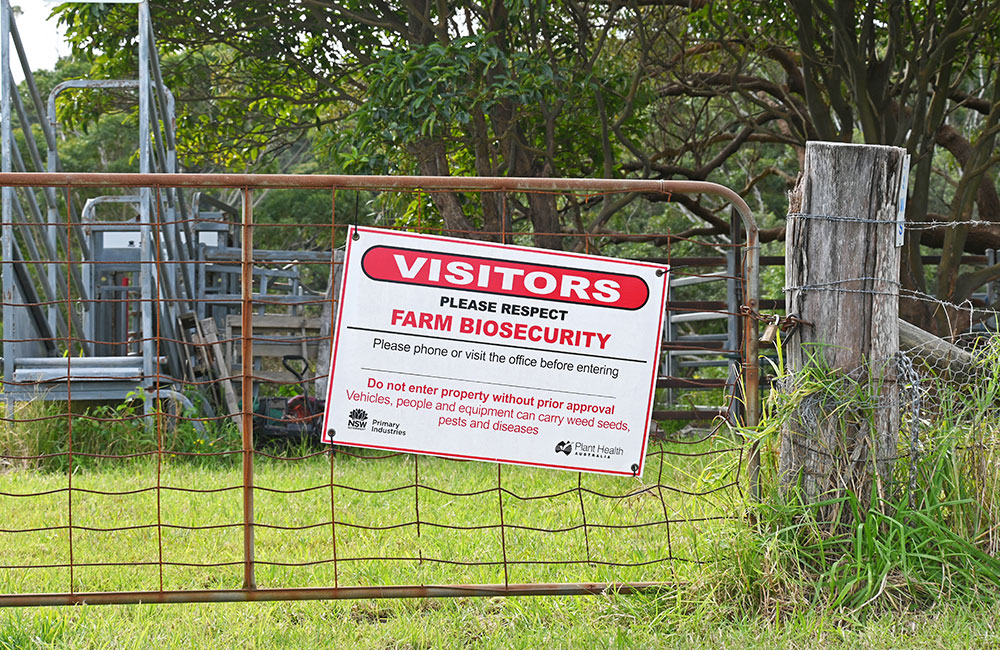
by Plant Health Australia
Biosecurity protects our natural environment and its unique ecosystems, our valuable agriculture industry, international trade, food security, and the Australian way of life.
Our status as an island nation has been key in maintaining our freedom from the world’s most destructive plant pests and diseases, but the system is under increased pressure by growing trade volumes.
“Increased pest pressure at our borders has resulted in complex, concurrent and compounding incidents, with approximately 40 plant pest incursions per year, a large proportion of which are insects, with many disease vectors capable of infecting a range of plants,” says Sarah Corcoran, CEO of Plant Health Australia (PHA).
PHA is the national coordinator of the government-industry partnership for plant biosecurity in Australia. PHA is a member based organisation representing all major plant peak industry bodies, all state and territory governments and the Australian Government. PHA facilitates the government and industry partnership to strengthen Australia’s plant biosecurity system to minimise plant pest impacts on Australia, enhance market access, and safeguard the livelihood of producers.
With the demand for Australian fingerlimes growing and with more than 50 per cent of fingerlime production currently exported to Europe, Canada, Asia, and Africa, biosecurity is key to protect the fingerlime industry from exotic plant pests and diseases that could devastate the industry.
“By implementing biosecurity measures in day-to-day operations, growers can improve biosecurity, while minimising production losses and unnecessary costs,” says Ms Corcoran.
When pest or disease becomes established on-farm or in a local production region, it can result in increased costs, reduced productivity, and loss of markets. Early detection and immediate reporting of a pest or disease increases the chance of effective and efficient eradication and reduces the risk of spread between properties. Quick and simple measures built into everyday practice will help protect farms and the future of the industry.
A good starting point is to develop a farm biosecurity plan, which is a practical tool for growers to prevent, eliminate and minimise on-farm biosecurity risks. A farm biosecurity plan should consider biosecurity essentials including farm inputs, outputs, movement of people, vehicles and equipment, production practices, training staff, and keeping records. The Farm Biosecurity Program website (farmbiosecurity.com.au), a joint initiative between PHA and its sister organisation Animal Health Australia, provides growers with information about on-farm biosecurity measures including farm gate signs, templates for checklists, records, signs and farm biosecurity planner and biosecurity related news and events.
The PHA website (planthealthaustralia.com.au) provides information on the main pests of commercial fingerlimes within the citrus industry pages as they are similar to those affecting other citrus varieties. Pests commonly found causing damage include scale insects, spined citrus bug, bronze orange bug, aphids, mealybugs, caterpillars, snails, katydids and grasshoppers.
Finger limes are fortunately immune to citrus greening, also called huanglongbing (HLB) – a national priority plant pest. HLB is caused by bacteria carried by an invasive insect called the Asian citrus psyllid which causes citrus fruit to turn bitter and green.
Even with a highly effective plant biosecurity system, the risk of a new pest or disease entering is ever present. Biosecurity enhances the collective effort to manage the risks of pests and diseases entering, establishing and spreading within Australia.
“When considering the impacts of pests and diseases in the context of the invasion curve, the return on investment in prevention at the beginning of the curve is higher than the economic return of ongoing management, making a strong case for continued investment in preparedness activities” says Ms Corcoran.
Further investment in biosecurity research, development and extension for the fingerlime industry is vital for future growth of the industry.

